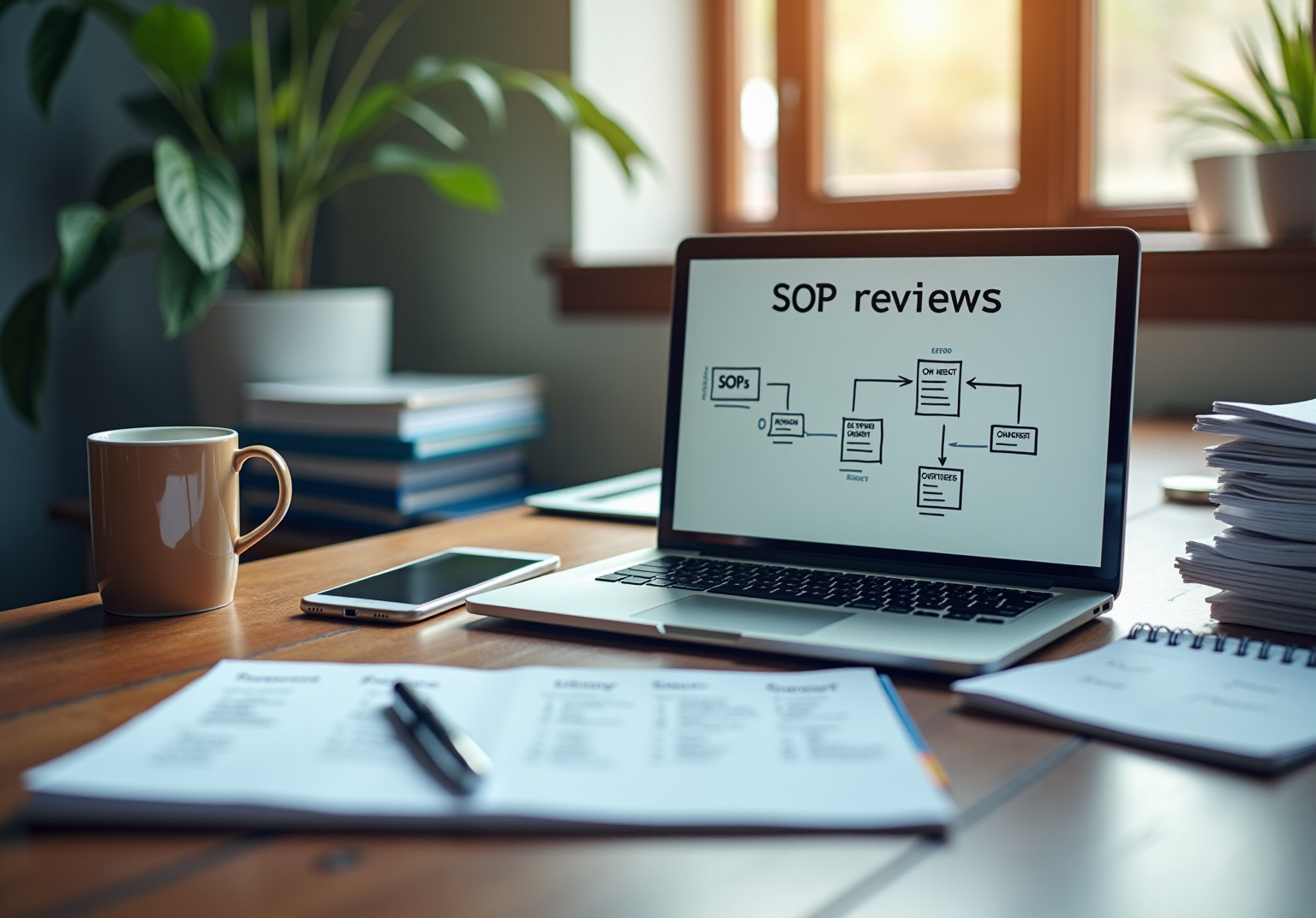
Overview
You might be wondering which platform to choose between Loom and Vimeo. Well, let’s break it down!
- Loom shines when it comes to quick messaging and screen capturing, making it perfect for fast communication and onboarding.
- On the other hand, Vimeo is all about high-quality content hosting and advanced editing tools, which really appeals to creative professionals and marketers.
So, whether you need speedy interactions or polished presentations, both platforms have something special to offer!
Key Highlights:
- Loom excels in quick messaging and screen capturing, ideal for fast communication and collaboration.
- Loom allows recording of screens and webcams simultaneously, facilitating immediate feedback and tutorial creation.
- Loom provides engagement insights to measure viewer interaction with content.
- Vimeo is preferred for high-quality content hosting and advanced editing, appealing to creative professionals.
- Vimeo boasts a 97.36% market share in the Video CMS category compared to Loom's 1.85%.
- Vimeo offers customizable media players, detailed analytics, and strong privacy controls for branding.
- Loom has 1,024,694 customers, while Vimeo has 19,441, indicating a significant difference in user adoption.
- Loom's Business plan costs $12.50 per user per month, while Vimeo offers a free plan and premium features up to $65 monthly.
- Loom is user-friendly for creating onboarding materials, increasing retention rates significantly.
- Vimeo's advanced features include support for 8K resolution and comprehensive analytics for content creators.
Introduction
In a world where effective communication and content creation are super important, you might be wondering how operations managers can pick the right video platform for their team's unique needs. Loom and Vimeo each come with their own set of features, catering to different operational demands—think rapid screen recording versus high-quality content hosting.
With such different strengths and user bases—Loom's knack for quick, engaging communication and Vimeo's focus on polished production—how do you figure out which platform will really boost your team's performance and collaboration? Let’s dive into that!
Comparing Loom and Vimeo: Key Features for Operations Managers
You might be wondering about the different platforms available for media services, right? Well, each one is designed to meet unique operational needs. One platform really shines when it comes to quick messaging and screen capturing—perfect for teams that value fast communication and collaboration. It lets you record screens and webcams at the same time, which means you can give immediate feedback and whip up tutorials in no time. Plus, Loom offers engagement insights to help you keep track of how viewers are interacting with your content, which is super helpful for measuring the impact of your communications.
Now, on the flip side, there's another platform that focuses on high-quality content hosting and advanced editing. This one is a favorite among creative pros and marketers who need their material to look polished. With features like customizable media players, detailed analytics, and strong privacy controls, it’s a great choice for businesses that care about branding and connecting with their audience. Did you know it holds a whopping 97.36% market share in the Video CMS category? That’s a stark contrast to Loom’s 1.85%, showing just how popular it is among users. And if you're into asynchronous communication, this platform allows you to share video messages via links and embed them on social media, which really boosts collaboration.
So, how do you decide between Loom vs Vimeo as your preferred platform? It can really affect your operations management depending on what your team needs. For operations managers, knowing the customer base is key; one platform has 1,024,694 customers while the other has 19,441. That kind of difference in user adoption can really guide your decisions about reliability and support. And let’s not forget about pricing—one platform’s Business plan is $12.50 per user per month, while Vimeo has a free plan with 1GB of storage, going up to $65 a month for premium features. In the end, the comparison of Loom vs Vimeo reveals that both platforms have their own unique strengths that could influence your operations management based on your specific use case. So, which one do you think fits your needs better?

Feature Analysis: Video Creation, Editing, and Sharing Capabilities
You might be wondering how to make video creation a breeze. Well, this platform really shines with its intuitive interface, letting you record videos effortlessly with just a click. It comes packed with essential editing tools like trimming, adding thumbnails, and inserting calls to action—perfect for whipping up quick tutorials or feedback sessions. As Ryan Hoover puts it, "Communicating complex ideas is challenging for distributed teams in different time zones. Text takes too long and lacks fidelity. Video conferencing takes calendar coordination. This tool strikes the perfect balance and has become one of my favorite communication resources."
Now, if you're looking to create high-quality promotional content, the platform also offers a comprehensive editing suite featuring multi-track editing, transitions, and a variety of effects.
Speaking of sharing, Loom makes it super easy to share your videos instantly through links, allowing teams to distribute content in a flash. But if you need a bit more control over privacy and embedding options, this platform has you covered. That’s crucial for businesses that want to manage their content’s visibility and branding tightly. This difference in sharing capabilities highlights how each platform, like Loom vs Vimeo, caters to various business needs. And let’s not forget, with Vimeo holding around 18.55% of the market share, it’s clear that it has a significant presence in the streaming platform sector, showcasing its capabilities for businesses looking for robust multimedia solutions.

Pricing Comparison: Evaluating Cost-Effectiveness for Teams
You might be wondering about Loom's pricing options. Well, they offer a complimentary plan, but it comes with some limitations—like a maximum recording duration of just 5 minutes. If you’re looking for more flexibility, their paid plans start at around $12.50 per user each month, giving you unlimited recordings and duration. This pricing model is pretty appealing for groups that prioritize quick communication and frequent visual sharing.
Now, let’s dive into the other platform. It has a tiered pricing model that kicks off with a free plan featuring basic tools, then moves up to paid plans ranging from $12 to $65 per month for those advanced features. Sure, the higher price might seem a bit intimidating at first, but it packs a punch with extensive features like support for up to 8K Ultra HD resolution, advanced analytics, and high-quality video production—definitely worth it for teams focused on creating impactful video content.
Speaking of effectiveness, did you know that a case study from SnapEngage showed a whopping 20% increase in conversion rates when using this platform? That’s pretty impressive! Ultimately, the choice between these two platforms, Loom vs Vimeo, boils down to your organization’s specific needs and budget. In the Loom vs Vimeo comparison, one shines in speed and simplicity, while the other stands out for its superior production quality and comprehensive analytics. What will you choose?

Use Case Suitability: Choosing the Right Tool for Your Operations
You might be wondering how this platform can really shine in situations where quick communication is key, especially for remote teams needing fast feedback or training sessions. Its super user-friendly interface and speedy setup make it a breeze to create onboarding materials and educational content. This makes it an ideal choice for organizations eager to boost their onboarding processes. Did you know that organized onboarding programs using multimedia can ramp up first-year retention by a whopping 50%? That really highlights Loom's effectiveness in this area!
Now, let’s talk about another angle. This platform is also a favorite among marketing teams and content creators who are all about crafting high-quality productions for a broader audience. With its advanced analytics and customization options, businesses can keep a close eye on audience engagement, making it a go-to for those who prioritize brand visibility and strategic marketing efforts. Take Starbucks, for example; they’ve nailed it with video platforms to create engaging how-to clips that enhance customer experiences without overtly selling their products.
Ultimately, the decision of loom vs vimeo should really depend on what you need: is it quick communication and effective onboarding, or is it polished content creation and in-depth audience insights? As organizations navigate the ins and outs of hybrid and remote work environments, picking the right tool can have a big impact on engagement and retention rates. So, what will it be for you?

Conclusion
When you think about Loom and Vimeo, it’s pretty clear that each platform has its own unique strengths for operations management. Loom really shines when it comes to quick communication and collaboration, making it perfect for teams that value speed and simplicity. On the flip side, Vimeo is all about high-quality content creation, advanced analytics, and customization options, which makes it a great fit for those who are focused on polished branding and engaging their audience.
You might be curious about what features stand out. Well, Loom’s intuitive video creation and instant sharing capabilities are just right for training and onboarding new team members. Meanwhile, Vimeo offers comprehensive editing tools and detailed performance metrics that marketing teams can really take advantage of for creating impactful content. And let’s not forget about pricing—Loom has straightforward plans for quick deployment, while Vimeo provides a variety of options that grow with your needs.
So, how do you choose between Loom and Vimeo? It really comes down to what your organization needs. Whether you’re looking for quick communication and effective onboarding or high-quality content production with strategic marketing insights, picking the right platform can boost your team’s collaboration and operational efficiency. Take a moment to assess your goals and workflows; figuring out which tool aligns best with your operational strategy is key.
Frequently Asked Questions
What are the main features of Loom?
Loom is designed for quick messaging and screen capturing, allowing users to record screens and webcams simultaneously. It also provides engagement insights to track viewer interaction with content.
What are the key features of Vimeo?
Vimeo focuses on high-quality content hosting and advanced editing, offering customizable media players, detailed analytics, and strong privacy controls. It is popular among creative professionals and marketers.
How do Loom and Vimeo differ in terms of user adoption?
Loom has approximately 1,024,694 customers, while Vimeo has around 19,441 customers, indicating a significant difference in user adoption.
What is the market share of Loom and Vimeo in the Video CMS category?
Vimeo holds a market share of 97.36% in the Video CMS category, compared to Loom's 1.85%.
How does pricing compare between Loom and Vimeo?
Loom's Business plan costs $12.50 per user per month, while Vimeo offers a free plan with 1GB of storage and premium features that can go up to $65 a month.
Which platform is better for asynchronous communication?
Vimeo allows users to share video messages via links and embed them on social media, making it a better choice for asynchronous communication compared to Loom.
How should operations managers choose between Loom and Vimeo?
Operations managers should consider their team's specific needs, including the type of communication required, user adoption rates, and pricing, to decide which platform fits their operations management best.
👍
What others are liking
5 Steps to outline your ideal documentation structure
5 MINS READ
Where to start the your journey of mapping out your ideal documentation structure, aligning it with the very heartbeat of your organization?
Defining a winning level of detail in your process
3 MINS READ
What is too much detail, and what is too little? This article described in that winning level detail about what detail is enough.





